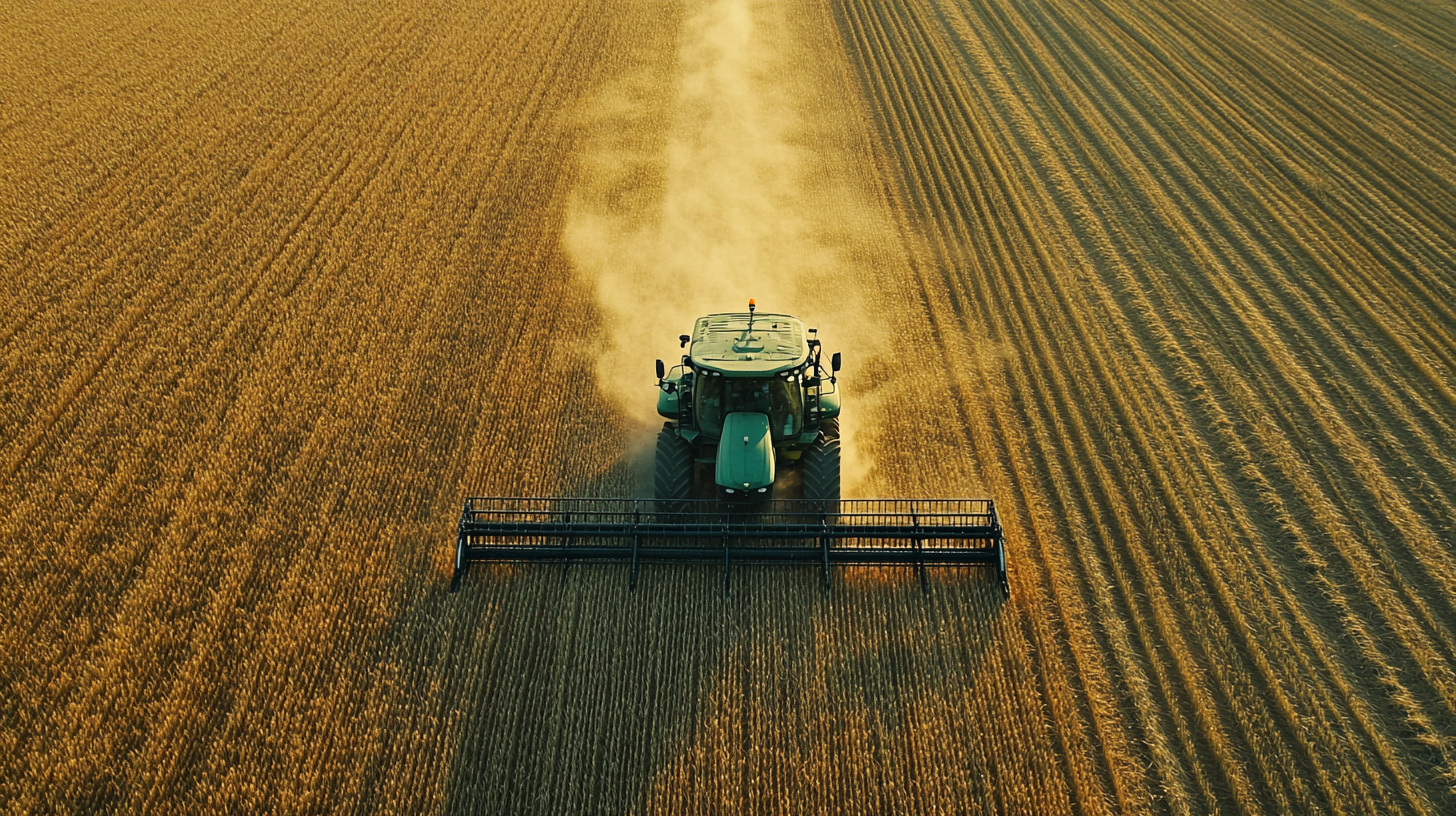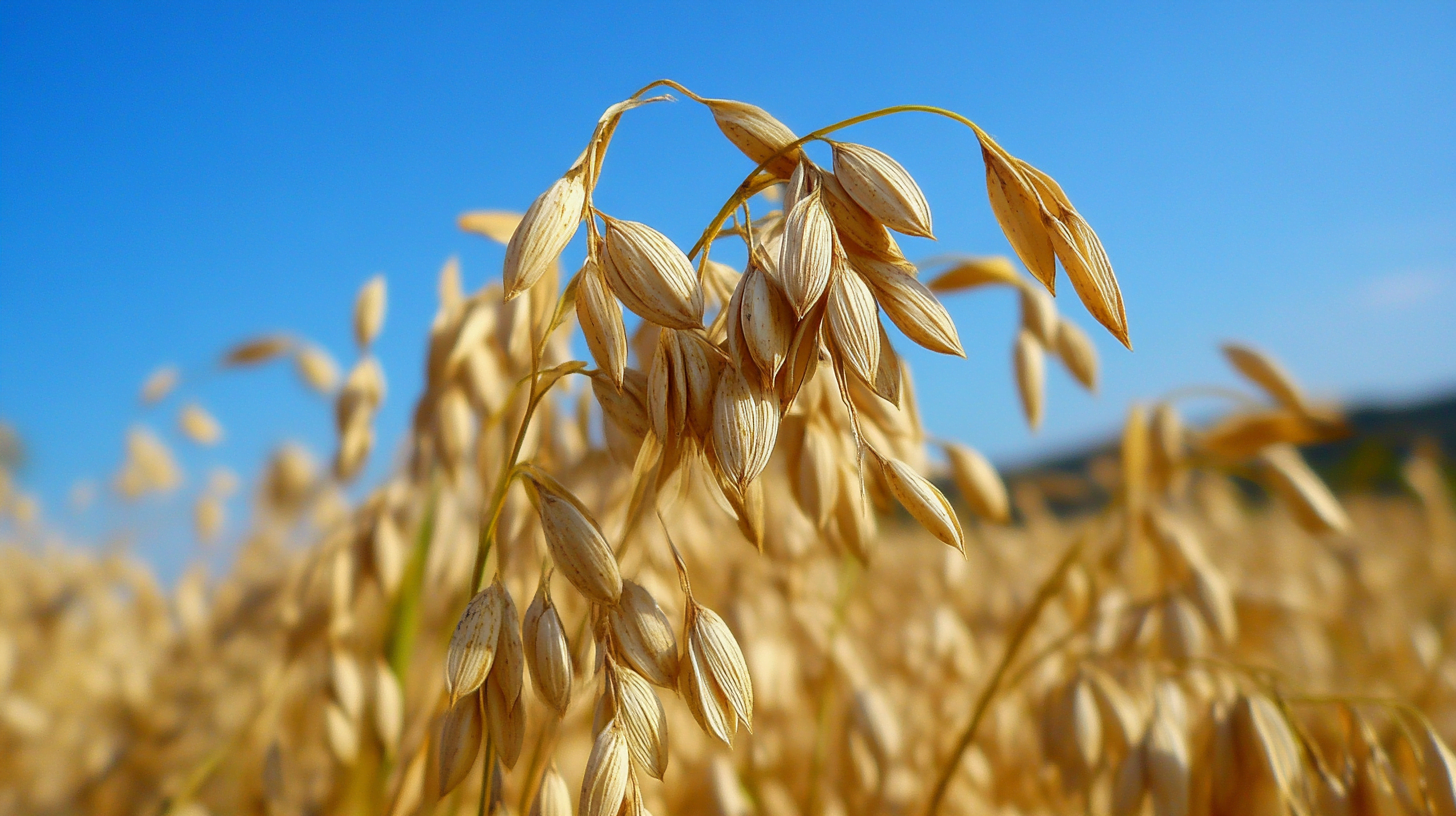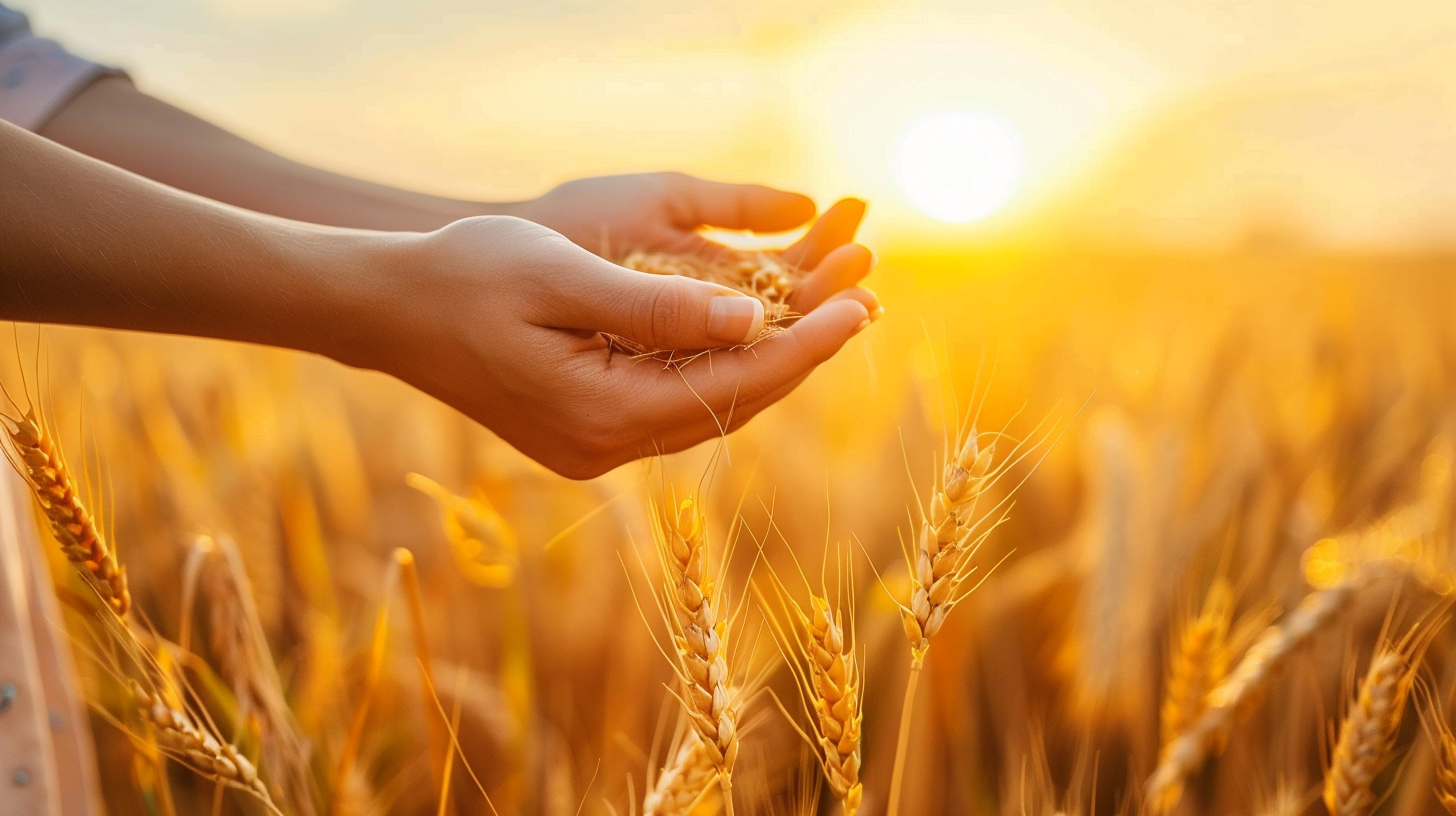Table of Contents
Hops are the unsung heroes of the beer world, giving our favorite brews their distinctive flavors and aromas. But have you ever wondered just how much of this green gold is produced globally? Let’s embark on a journey through the hop fields of the world and uncover the fascinating facts about global hop production.
The Hop Harvest: How Much Hops is Produced Globally?
When it comes to hop production, the numbers are truly staggering. In 2023, the world’s hop farmers harvested a whopping 118,415 metric tons of hops. That’s enough to fill about 47 Olympic-sized swimming pools! This impressive figure represents an 11.5% increase from the previous year, despite a reduction in overall hop acreage.
Here’s a quick breakdown of the top hop-producing countries in 2023:
- United States
- Germany
- Czech Republic
- China
- Poland
Together, the USA and Germany dominate the hop market, accounting for a staggering 71% of world hop acreage and harvesting 75% of world crop volume.
Hop Varieties: Not All Hops Are Created Equal
Just like grapes for wine, hops come in a variety of flavors and aromas. Each hop variety brings its own unique character to beer. In the USA, the top varieties include:
- Citra (15.9%)
- Mosaic (11.8%)
- CTZ (13.3%)
- Cascade (5.9%)
- Simcoe (5.6%)
Meanwhile, in Germany, traditional varieties like Hallertauer Mittelfrueh, Tettnang, and Spalt reign supreme.
The Hop Growing Process: From Field to Harvest
Growing hops isn’t just a walk in the park – it’s a year-round process that requires careful attention and ideal conditions. Hops thrive best between the 35th and 55th parallels, where they get just the right balance of daylight and darkness.
The hop growing cycle looks something like this:
- Spring: Hop bines emerge from the ground
- Summer: Bines climb to impressive heights of up to 20 feet
- Late Summer: Hop cones develop
- Fall: Harvest time!
During harvest, timing is crucial. Farmers must pick the hops at just the right moment to ensure optimal flavor and aroma.
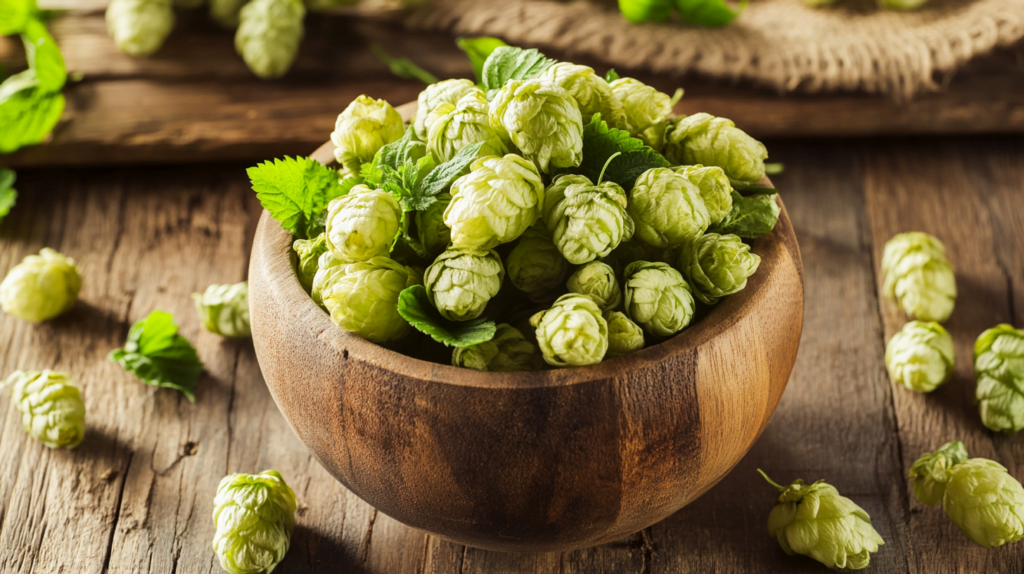
Hop Processing: Beyond the Raw Product
Once harvested, hops don’t just sit around waiting to be tossed into a brew kettle. They’re processed into various forms to make them easier to store and use. The most common forms are:
- Whole leaf hops
- Hop pellets
- Hop extracts
In 2023, the global hop industry saw an increase in the production of bitter hops, with their proportion in crop yield and alpha production rising by 3%.
The Economics of Hops: Supply and Demand
The hop market is a complex beast, influenced by factors ranging from weather conditions to changing beer trends. In recent years, we’ve seen some interesting developments:
- Oversupply: Despite reduced acreage, the market remains oversupplied due to accumulated alpha balance from previous years.
- Price fluctuations: The oversupply has put pressure on hop prices, affecting farmers’ incomes.
- Craft beer influence: The craft beer boom has led to increased demand for aroma hops, shifting production patterns.
Sustainability in Hop Production
As climate change becomes an increasingly pressing issue, hop farmers are adapting their practices to ensure sustainable production. Some key initiatives include:
- Developing drought-resistant hop varieties
- Implementing water-efficient irrigation systems
- Exploring organic farming methods
In fact, the industry is seeing a growing trend towards organic hop production, with more farmers making the switch each year.
The Future of Global Hop Production
Looking ahead, the hop industry faces both challenges and opportunities. Climate change poses a significant threat, with studies predicting potential declines in hop quality and quantity in traditional growing regions.
However, innovation is driving the industry forward. Researchers are working on developing new hop varieties that can withstand changing climate conditions. Meanwhile, emerging hop-growing regions are entering the market, potentially reshaping the global hop landscape.
Hop Production by the Numbers
Let’s take a closer look at the figures behind global hop production:
| Year | Global Hop Production (metric tons) | % Change from Previous Year |
|---|---|---|
| 2021 | 106,200 | – |
| 2022 | 106,200 | 0% |
| 2023 | 118,415 | +11.5% |
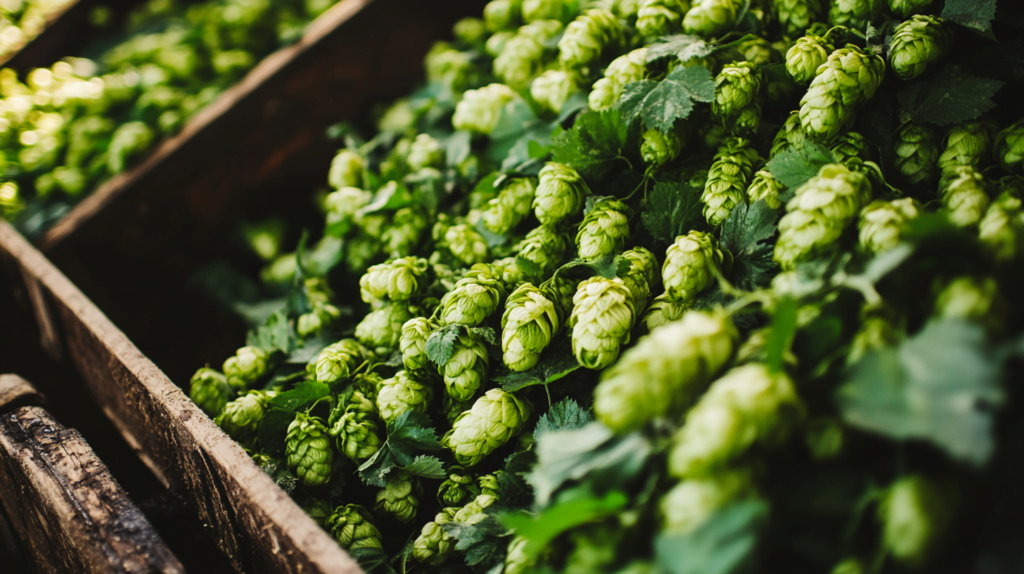
Conclusion: The Hoppy Future of Beer
As we’ve seen, global hop production is a fascinating and complex industry. From the sprawling hop fields of the Pacific Northwest to the traditional growing regions of Europe, hops continue to play a crucial role in the beer we know and love.
While challenges like climate change and market fluctuations loom on the horizon, the resilience and innovation of hop farmers and researchers promise a bright (and hoppy) future for the industry. So the next time you sip a beer, take a moment to appreciate the global journey of those little green cones that make it all possible.

